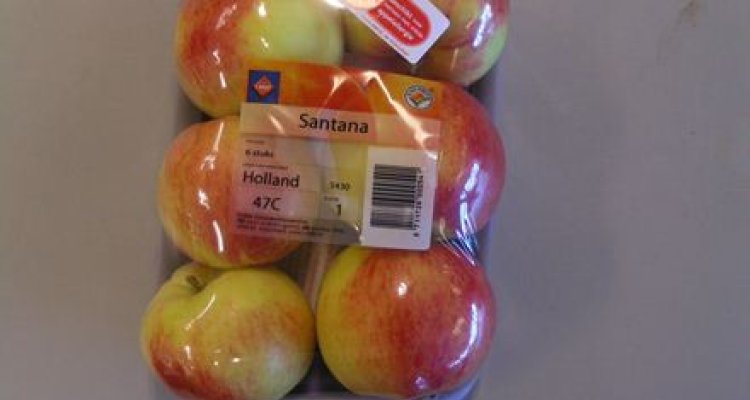
Santana: the apple that can be eaten by many people with a mild apple allergy
Many people with a mild apple allergy are happy with the Santana. They can finally eat an apple without negative effects. Thanks to the smart strategy of Applied Plant Research (PPO) that brought the right people and the right knowledge together.
A hard figure
It had been known for quite some time that Santana has low allergenic properties. This means that many people with a mild apple allergy can simply eat this apple. This was the starting point for the scientists. They asked the University Medical Centre in Groningen to investigate how many people with allergy could eat the Santana apple. The percentage was found to be 75 %.
Albert Heijn joining in
This figure lead to so much publicity about the advantages of the apple that the Dutch Albert Heijn supermarket chain approached the scientists. The supermarket wanted to start selling the apples. The scientists then developed a sales protocol, together with the supermarket, doctors, growers, and the Food Allergy Foundation. This protocol makes perfectly clear what supermarkets must do when they want to sell the apples and how consumers can find out whether they can eat the apple.
Improved cultivation
Together with growers the scientists developed methods to improve the cultivation and storage of the apples. And they also sorted out which requirements would need to be met to comply with European regulations. No regulations were found to exist for natural products with a claim that the product is good for certain consumers, such as Santana.
The scientists discovered an additional advantage of Santana: the variety has a low susceptibility to scab and other diseases; this means that less pesticides are required. This is especially valuable for organic growers. This results in the largest part of the Santana being grown organically.